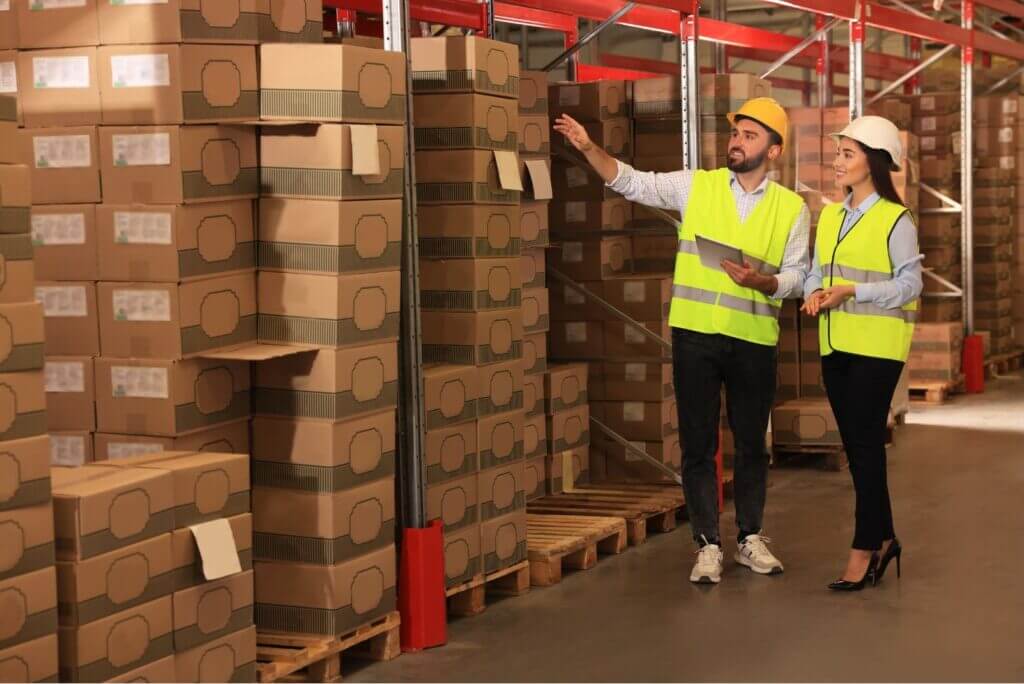The rise of automation and the emphasis on sustainable shipping will be some of the major themes in 2023.
The unforeseen shoot of COVID-19 made companies suffer unanticipated disruptions, and the business tycoons were substantially seen dealing with supply chain interruption due to the outbreak. The conflict in Ukraine further exacerbated the difficulties. Energy costs and inflation, raw material shortages, transportation problems, and labor shortages were all the byproducts of compounding the supply shock.
However, the global supply chain is continually growing and evolving, and technological improvements are helping to streamline operations in the long run. The development of international trade flows and the current economic climate is closely tied to expanding the global logistics market.

Information, transportation, inventory, warehousing, material handling, packaging, and security are all integrated. Favorable government trade policies have raised the demand for logistics services, allowing existing providers to expand.
Here are the top 4 European logistics and supply chain trends likely to be seen in the upcoming year.
Expansion of Online Markets
Shopping is the most popular online activity, with increasing numbers of individuals purchasing goods from online retailers. E-commerce sales nearly quadrupled during the epidemic.
This current figure is expected to increase significantly in the preceding years. By 2040, e-commerce will account for almost 95 percent of all European purchases. These statistics indicate that e-commerce businesses must plan for much more tremendous growth or bear the loss of being left behind.
Emphasis on Sustainable Shipping
Maintaining the objective of creating a carbon-neutral business and achieving a 50% reduction in CO2 emissions by 2050 has prompted all stakeholders to implement sustainable trading practices worldwide.
According to a recent study, more than 70% of consumers are prepared to spend 5% extra on environmentally friendly products. This trend is projected to accelerate, compelling European firms globally to invest in green infrastructure, which will present early obstacles but eventually pay off.
Beginning of Automation
Although the world had expected many difficulties to slow technological growth, the advancement in the use of deep technology in logistics and global commerce has shocked the entire globe.
Computer vision-powered instruments in a linked logistics network to monitor inventory and loss or theft of products during transit are examples of digitization boosting shipping and other logistics procedures.
As a result, we can consider creatively and strategically leveraging technologies such as AI, machine learning, computer vision, linked IoT networks, and blockchain to streamline shipping-related procedures.
Blockchain-powered technologies can easily save the transportation industry $38 million yearly.
Personalization At Every Stage of the Consumer Journey
Personalization has been proven to be effective throughout the consumer experience. It is why personalized requirements will be the new watchword for the coming year.
A California-based fashion company employed algorithms and online questionnaires to select items that, in theory, match clients’ interests and sizes.
On the other hand, Nike, the worldwide omnichannel of the sportswear company, debuted its Nike by You service, allowing anybody to build a personalized pair of sneakers that perfectly suits their particular style.
Both are lifestyle-oriented firms attempting to profit from the rising desire for personalized, one-of-a-kind items that represent our personality or specific sense of style.

